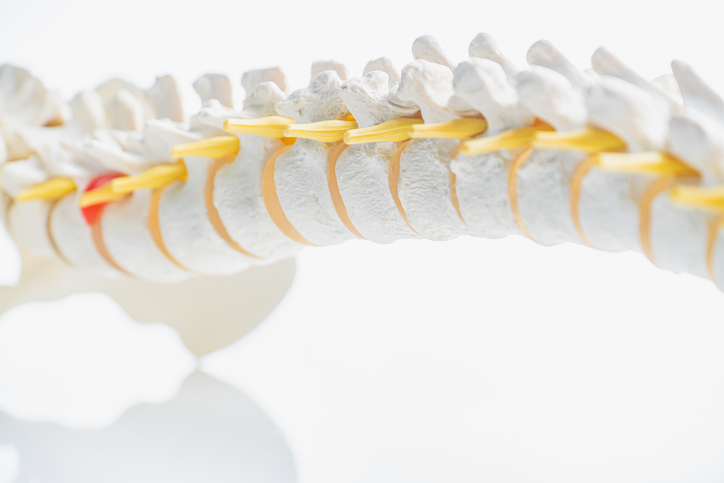Treatments
Drug Free Pain Relief. A Journey to Spinal Cord Stimulation

What is Spinal Cord Stimulation?
Spinal Cord Stimulation is a revolutionary way to manage pain without the use of dangerous opioids. Spinal Cord Stimulation involves sending electrical pulses through the spine to stop pain signals before they reach the brain. Instead, these pain signals are replaced by sensations that are described as “warm” and “tingling.”
Effective Relief from Pain
Spinal Cord Stimulation is a proven method of pain relief that allows patients to significantly reduce or eliminate pain. In fact, Spinal Cord Stimulation procedures are viewed as successful when the individual experiences a 50% or greater reduction in their pain levels. Imagine this type of relief without the use of habit forming and potentially harmful medications.
Spinal Cord Stimulation Trial Period
Before a long-term Spinal Cord Stimulation device is surgically set in place, many offices put the patient through a trial period to see firsthand if the treatment works for their condition. The area on the lower back is numbed and tiny electrical wires are set in place through a needle. These wires are connected to an external device that generates the electrical signals. Although this sounds like something drastic, you’ll be surprised how tiny everything is and how there is no discomfort from the wires.
Your doctor will prescribe a waiting period of a few days up to a week. This will allow your doctor to see how effective Spinal Cord Stimulation is for you. If the results are positive, your doctor will schedule you for the surgical implant.
Spinal Cord Stimulation Procedure
Spinal Cord Stimulation is a minimally invasive surgical procedure. An implant is placed beneath the skin and this allows for the electrical pulses to reach the spine and mask the pain. You may feel some discomfort following the surgery at the surgical site but this can go away within a few days.
Considering SCS? Ask a Pain Specialist or Expert
If you are considering Spinal Cord Stimulation, it is important to speak with a professional who is able to perform the surgical implant. For your reference, you can contact the following types of specialists for an evaluation: Anesthesiologists, Neurosurgeons, Orthopedic spine surgeons, Pain specialists, Physiatrists.
To Learn More:
Spine Health http://www.spine-health.com/treatment/back-surgery/spinal-cord-stimulation-chronicback-and-neck-pain
Spine MD http://www.spinemd.com/treatments/spinal-cord-stimulator
Mehta, Neel, M.D. "Spinal Cord Stimulation for Chronic Back and Neck Pain." Spine-Health. N.p., 23 Sept. 2016. Web. 16 Mar. 2017. http://www.spine-health.com/treatment/back-surgery/spinal-cordstimulation-chronic-back-and-neck-pain
"Spinal Cord Stimulator." Spinal Cord Stimulator - SCS - Spinal Cord Stimulation Trial. Virgina Spine Institute, n.d. Web. 17 Mar. 2017. http://www.spinemd.com/treatments/spinal-cord-stimulator
Verrills P, Sinclair C, Barnard A. A review of spinal cord stimulation systems for chronic pain. J Pain Res. 2016;9:481-92. https://www.ncbi.nlm.nih.gov/pmc/articles/PMC4938148/


















